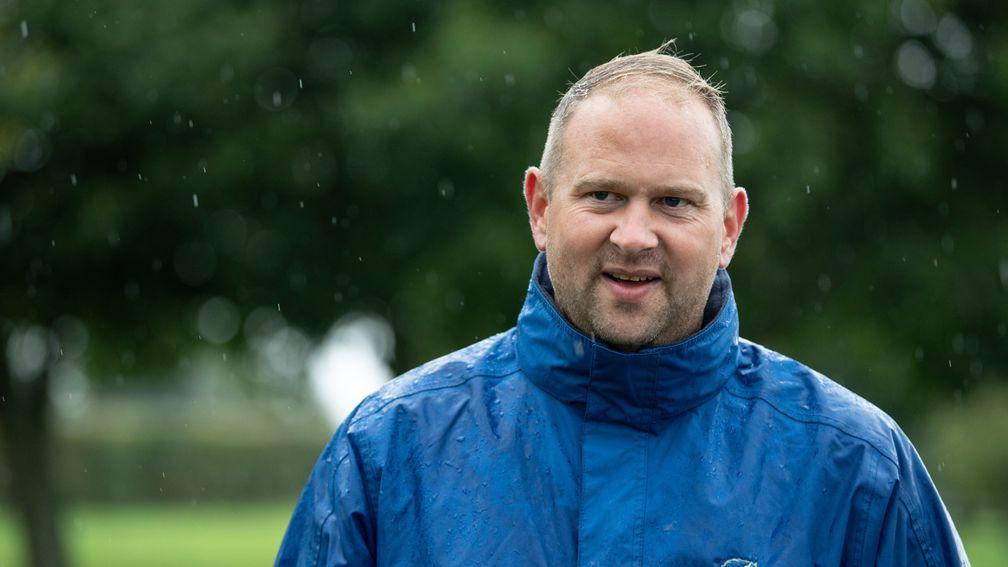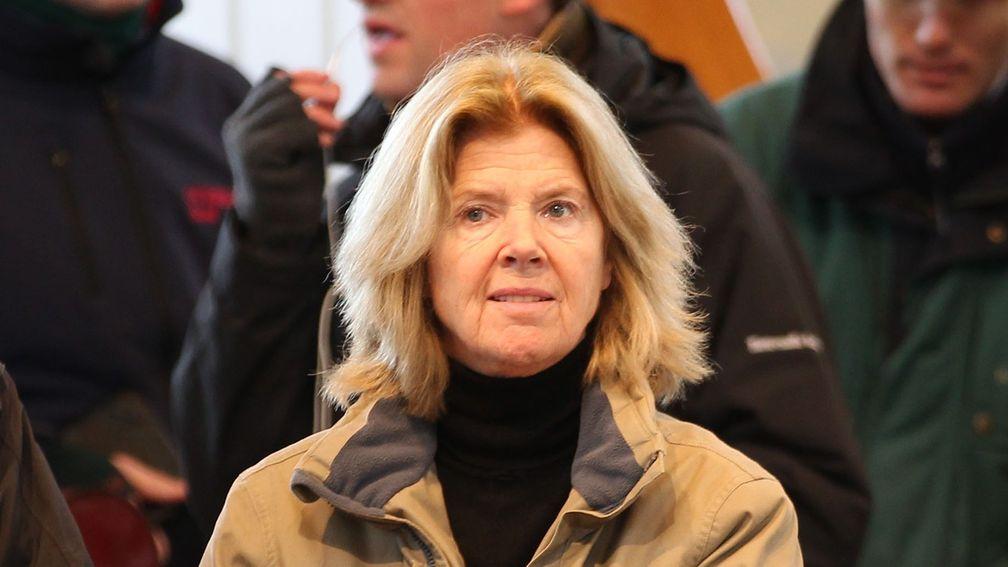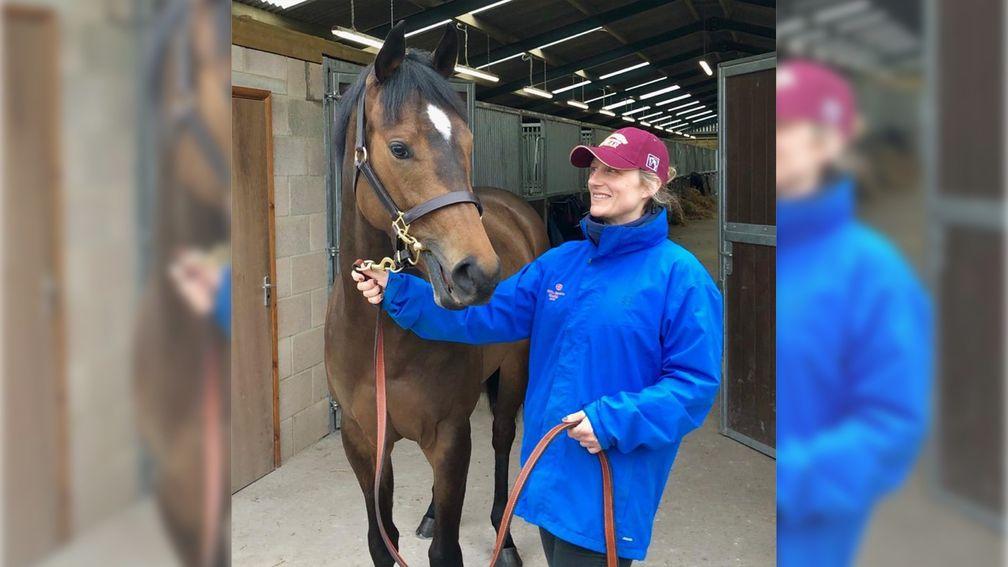Looking for a star at the yearling sales? Three industry experts with top tips
David Menuisier, Amanda Skiffington and Hetta Stevens join the panel

Which of the first-crop stallions interest you most?
David Menuisier, trainer: Harzand and New Bay. They are sons of fantastic sires Sea The Stars and Dubawi. They were both Derby winners, were both tough and talented individuals with a great change of gears and both from excellent female lines.
Amanda Skiffington, agent: So far the ones I have liked the best are Shalaa and Kodi Bear. I am also looking forward to seeing those from the champion two-year-old and Lockinge winner Belardo.
Hetta Stevens, pre-trainer and breeze-up consignor: Adaay. I visited him recently at Whitsbury Stud and was very impressed by him. He is the first son of Kodiac standing at stud in the UK and the yearlings look fast. I’d love to work with one of them.
Which stallions do you feel offer most value?
DM: The proven sires who offer the most value are, in my opinion, Camelot, Intello, Lawman, Mastercraftsman and Poet’s Voice. They have all consistently produced a lot of winners including high class winners.
AS: I’m a fan of Havana Gold, Dabirsim, Intello, and older proven horses. You have to get away from fashion.
HS: You have to have an eye to achieve value. Any first-season stallions that look like they are producing racy yearlings, try to get in there before everyone else follows suit.

DM: The political uncertainty throughout Europe. The high end of the spectrum shan’t be affected but the medium to lower end could potentially suffer from a lack of investment from cold footed buyers who don’t know what tomorrow will be made of.
AS: I think that many of us worry that there are not enough owners about. It does feel that there is a lack of new people coming into the game.
HS: No middle market and too many horses/sales. There are decent horses being offered but no one to buy them. There is a lack of incentive for new buyers with low prize-money and the general thinking that the big outfits dominate all. But we all have a dream and that’s why we keep going.
What is the first thing you look for when studying a page?
DM: A strong damside which has shown consistency over a given trip or narrow range of trips. I don’t believe in injecting an awful lot of speed onto a staying family, more often than not you’ll end up with tripless horses. I like good mile to middle distance families. If you can buy into a foundation family from a great breeder like The Aga Khan or Juddmonte, it makes you feel like you could get lucky.
AS: I like to see class in a pedigree, even if it seems quite far back. Young daughters and granddaughters of good families are something I like.
HS: I look at the sire - does he throw more precocious types or are they more distance horses? For a potential breeze-up purchase you want the earlier types that will be ready to work quickly over a few furlongs at the sales in the spring. You want horses that people inspect and think they can kick on and win with once the season is in full flow.

DM: Horses who walk well and freely with a nice easy gait. I also try to buy horses with strong gaskins, this is where the power of the horse comes from. More importantly, you have to love the horse you buy. I am a very instinctive and intuitive person and quite often when you see a horse for the first time, you get a feeling for the horse straightaway. I never buy horses I would force myself to like.
AS: Overall balance and good outlook, and I often know if I will like a horse or not from their first two or three strides out of the box!
HS: I can’t help myself but a strong second thigh closely followed by a strong hind quarter/length of hip. That is your source of power and starting point.
What is your fondest achievement in your time at the yearling sales?
DM: To have been underbidder on a number of horses who have subsequently flopped! There’s nothing worse than feeling like you have overpaid for a horse. More seriously, buying Contrapposto for 44,000gns as a yearling was shrewd, he won the Oath maiden at Nottingham (beating Stradivarius!) and was second in the Convivial before finishing fourth in the Craven Stakes.
AS: Buying two classic winners at Tattersalls Ireland in Fairyhouse in the same year - the 2,000 Guineas winner Galileo Gold for €33,000 and Hawksmoor, who won the German Guineas, for €80,000.
HS: At Goffs UK in 2012 David Redvers bought Extortionist and Green Door for £30,000 and £19,000 for us to train at Robins Farm. They weren’t the highest-priced lots but we nurtured and produced those horses to win the Windsor Castle at Royal Ascot and the Flying Childers at Doncaster respectively the following year, our first year of training. Although I wasn’t responsible for buying them, it underlines to me how important getting the producing and training of horses right early on is.
This article originally appeared in our Autumn Yearlings supplement, which features interviews, analysis and essential stats such as pinhooking data for the Tattersalls Ireland September, Goffs Orby and Tattersalls October sales.
To view the supplement online, clickhere
Published on 22 September 2019inNews
Last updated 18:25, 22 September 2019
- 'A once-in-a-lifetime horse' - brilliant international sire Fastnet Rock retired from stud duties
- Group 3 winner and Classic prospect Making Dreams to be offered by Arqana next Friday
- Accosted by the sales ring fashion police before one of the biggest buyers in the business gave me more than I bargained for
- Well-related winners and placed performers feature at the Tattersalls Cheltenham April Sale
- ‘It’s been constant pressure for the last six months’ - up-and-coming consignors out to make dreams come true at the Doncaster Breeze-Up Sale
- 'A once-in-a-lifetime horse' - brilliant international sire Fastnet Rock retired from stud duties
- Group 3 winner and Classic prospect Making Dreams to be offered by Arqana next Friday
- Accosted by the sales ring fashion police before one of the biggest buyers in the business gave me more than I bargained for
- Well-related winners and placed performers feature at the Tattersalls Cheltenham April Sale
- ‘It’s been constant pressure for the last six months’ - up-and-coming consignors out to make dreams come true at the Doncaster Breeze-Up Sale